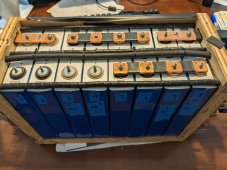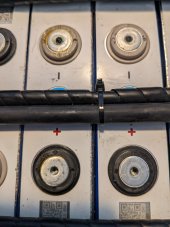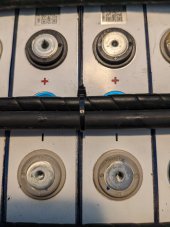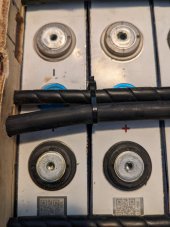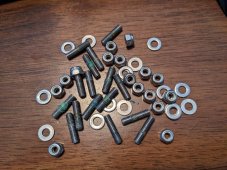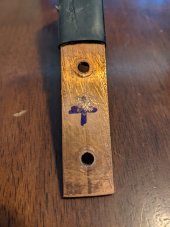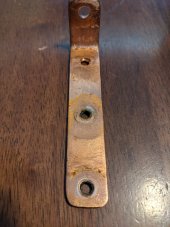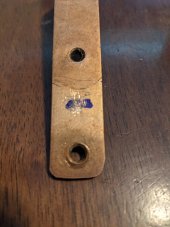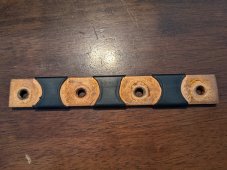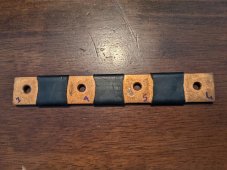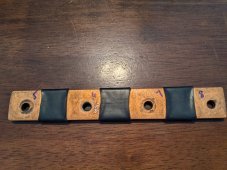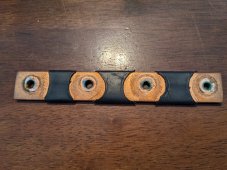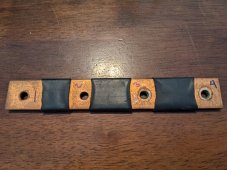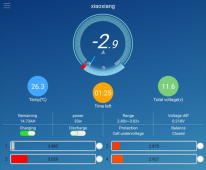Hello, I pulled my DIY battery pack out of the truck and am performing a more thorough inspection and maintenance. I has been installed in an off-road vehicle for two years, and while I try to be as gentle as possible, it has seen some bumps and vibrations from typically off-road driving (primarily washboard roads in and around Death Valley). The pack consists of 8x of the EVE 105Ah cells in a 2P4S configuration (210Ah). It is securely mounted to the vehicle and in a compression rig.
What drove this exercise is a lower than expected capacity test of ~190Ah. The cell pairs stay fairly balanced through the full charge/discharge curve, but cell pairs 1 and 3 deviate quite a bit at the lower and upper end as shown, limiting the capacity. I am hoping a fresh top balance will help with this (cells were top balanced initially two years ago).
Would like to get some thoughts and opinions on the overall condition and health of the system.
Capacity testing:
Middle of charge showing cells fairly balanced:

Cell HVD 3.6V (end of charge):
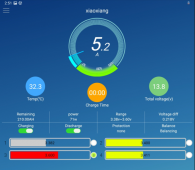
Cell LVD 2.8V (end of discharge):
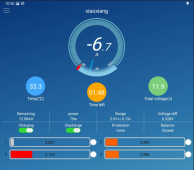
I pulled the busbars and inspected everything. I also measured the internal resistance of each cell using this technique

What drove this exercise is a lower than expected capacity test of ~190Ah. The cell pairs stay fairly balanced through the full charge/discharge curve, but cell pairs 1 and 3 deviate quite a bit at the lower and upper end as shown, limiting the capacity. I am hoping a fresh top balance will help with this (cells were top balanced initially two years ago).
Would like to get some thoughts and opinions on the overall condition and health of the system.
Capacity testing:
Middle of charge showing cells fairly balanced:

Cell HVD 3.6V (end of charge):

Cell LVD 2.8V (end of discharge):

I pulled the busbars and inspected everything. I also measured the internal resistance of each cell using this technique

Attachments
Last edited:



